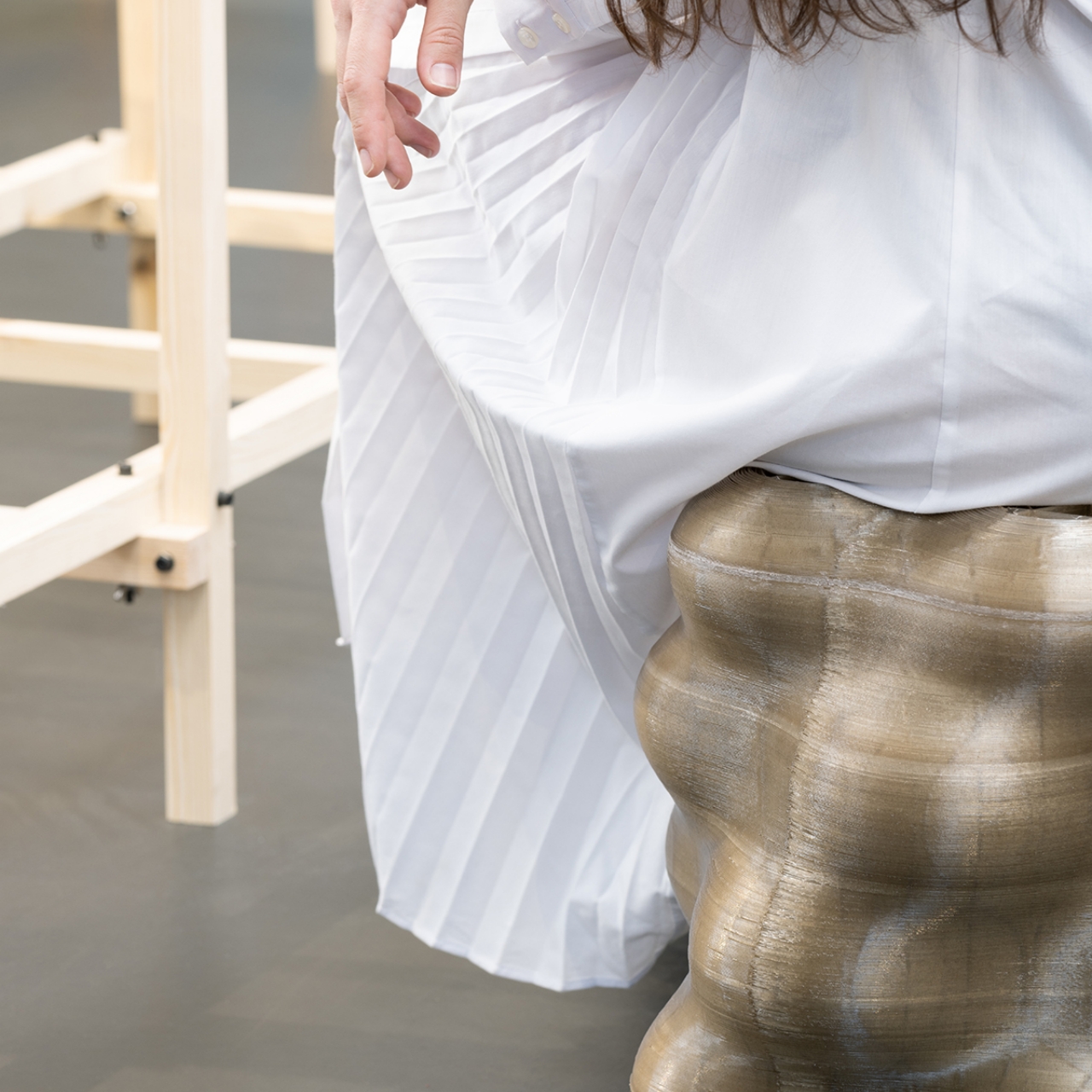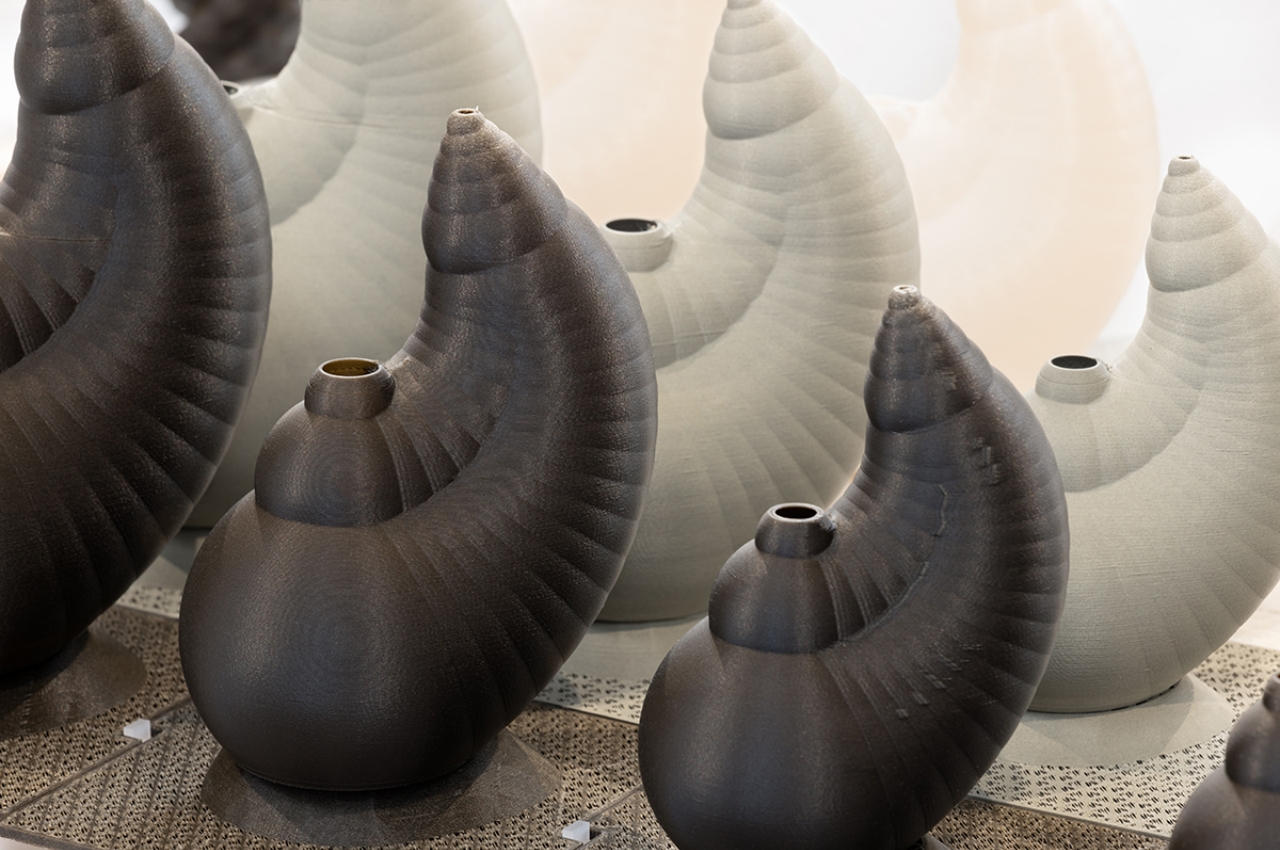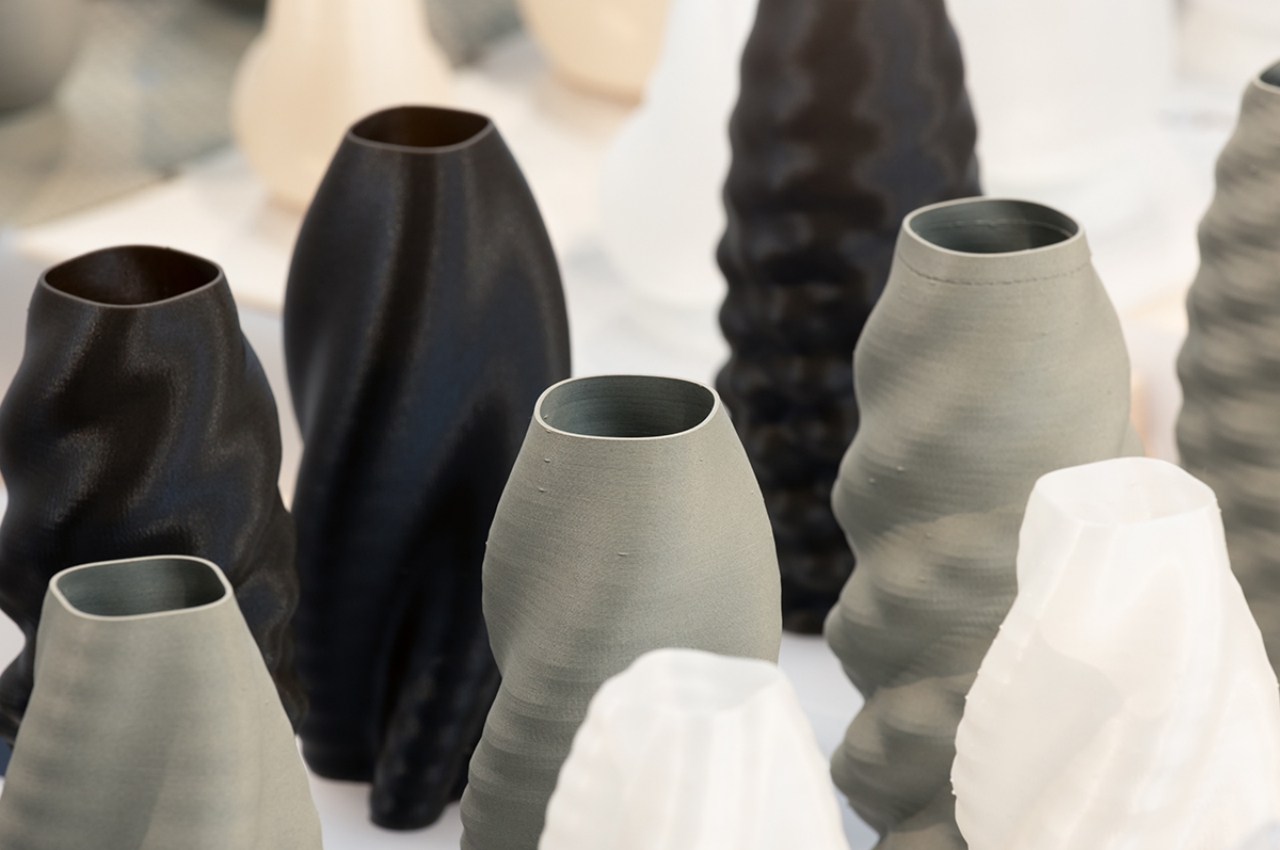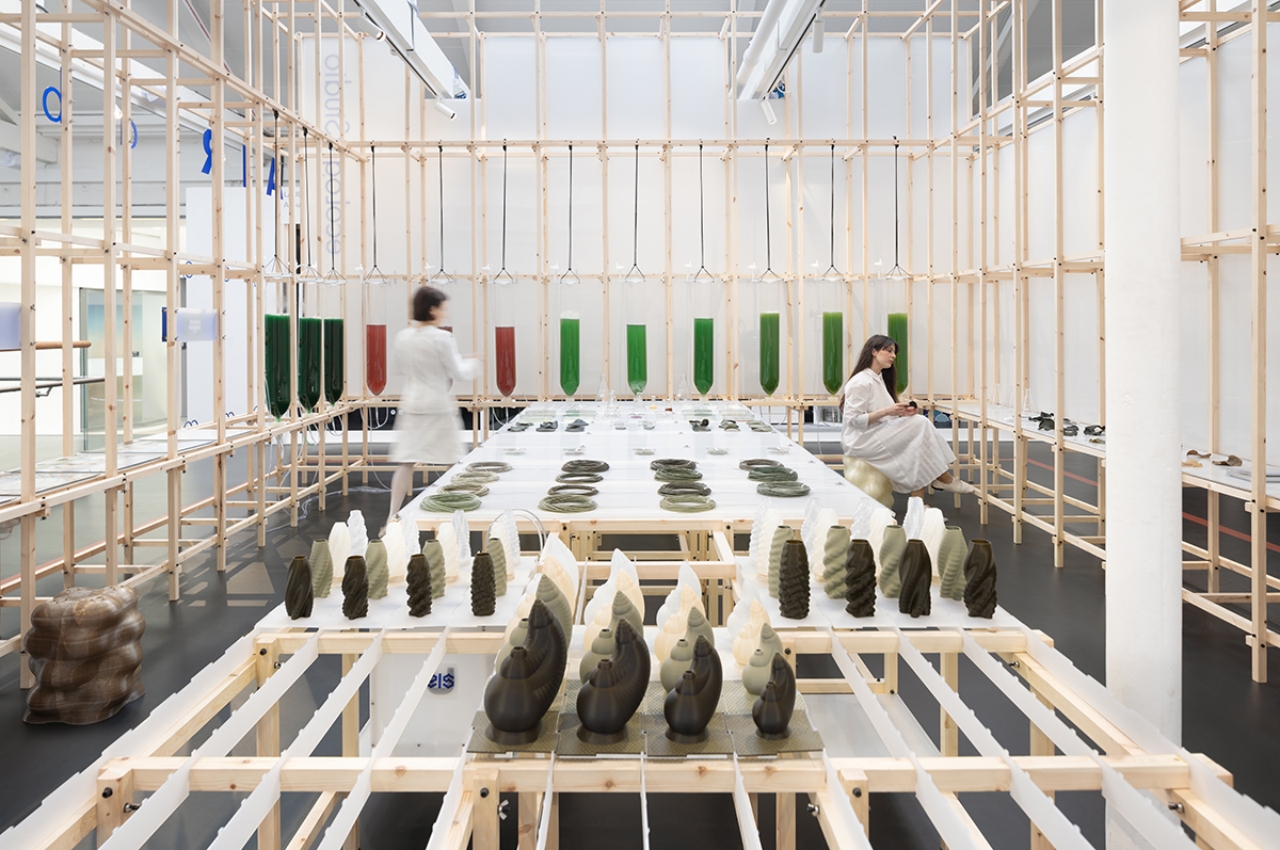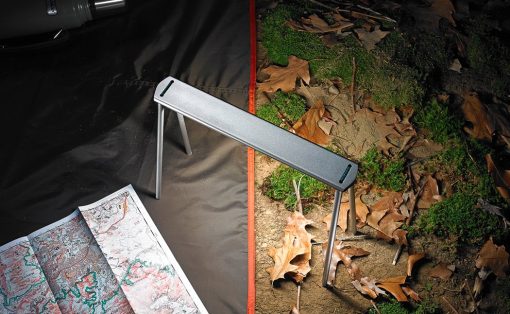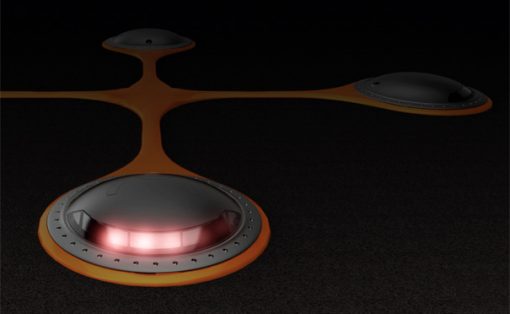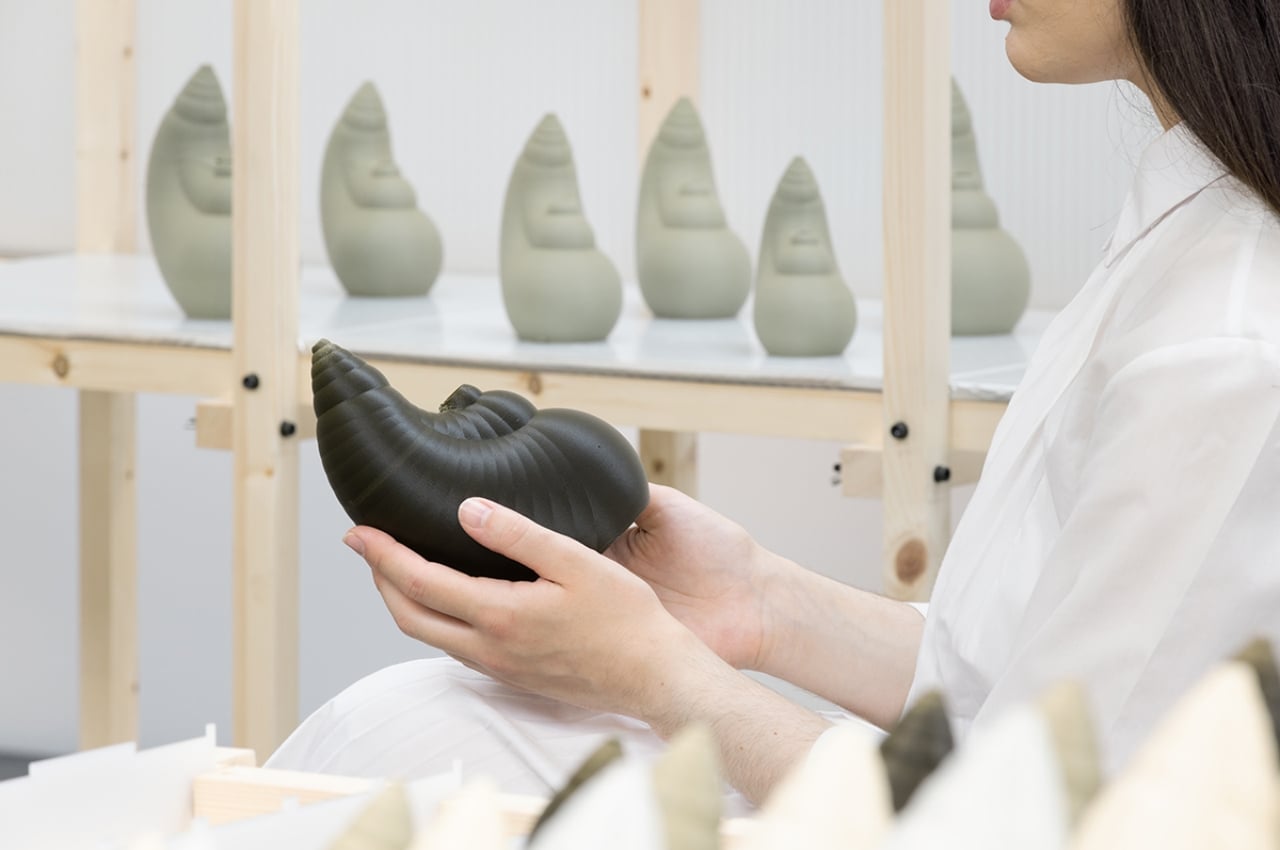
CO2 or carbon dioxide is often portrayed as the villain, at least for humans and animals, but it is an essential part of the circle of life. Plants need it to live, and these same plants produce oxygen that we, in turn, need. Air pollution, on the other hand, isn’t so beneficial, and the global state of the environment means there’s an overabundance of unclean air and CO2. The first solution that would probably come to most people’s minds is inventing technology that would magically purify the air. But what if we could actually turn the tables around and use these harmful elements for something good? That’s the idea and process being exposed in a living showroom and bio-design workshop that practically turns air pollution into sustainable products.
Designer: Claudia Pasquero and Marco Poletto (ecoLogicStudio)
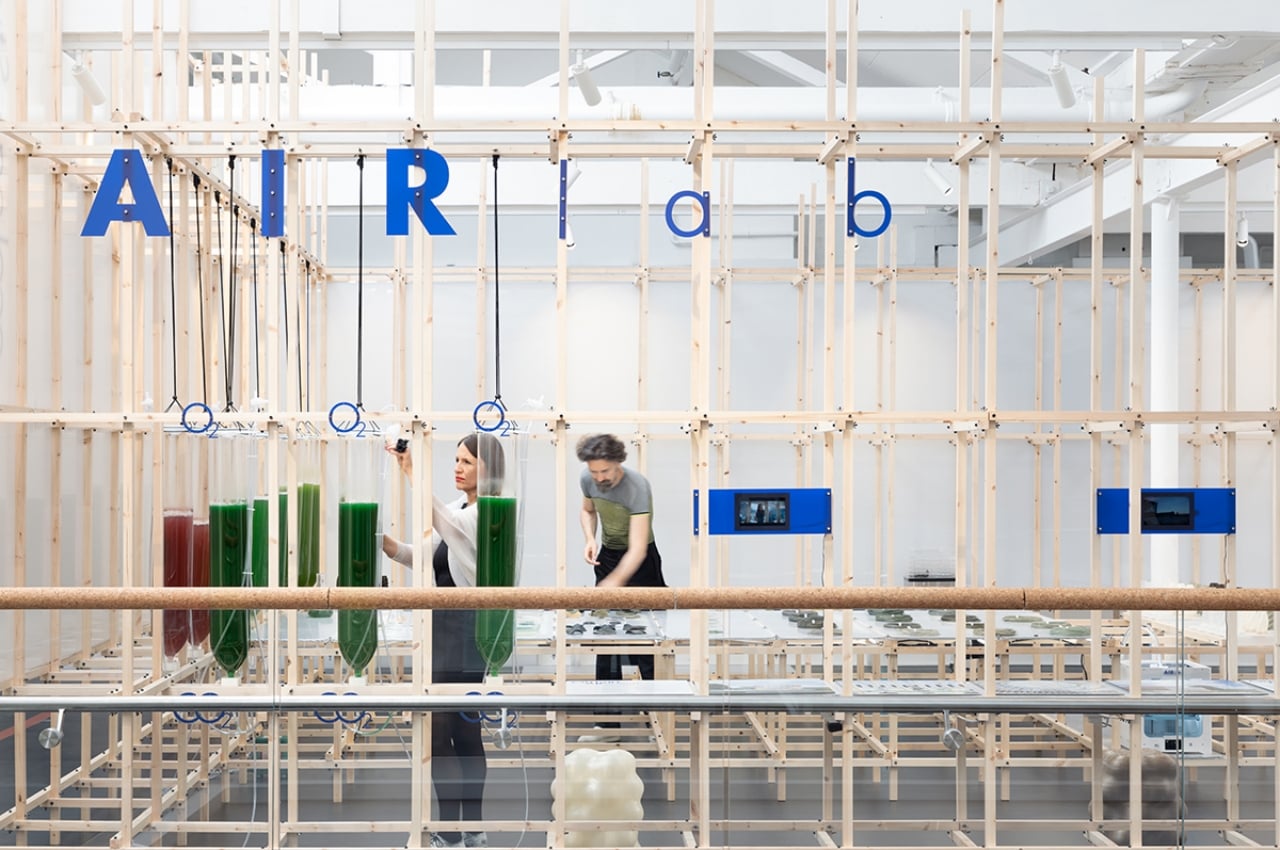
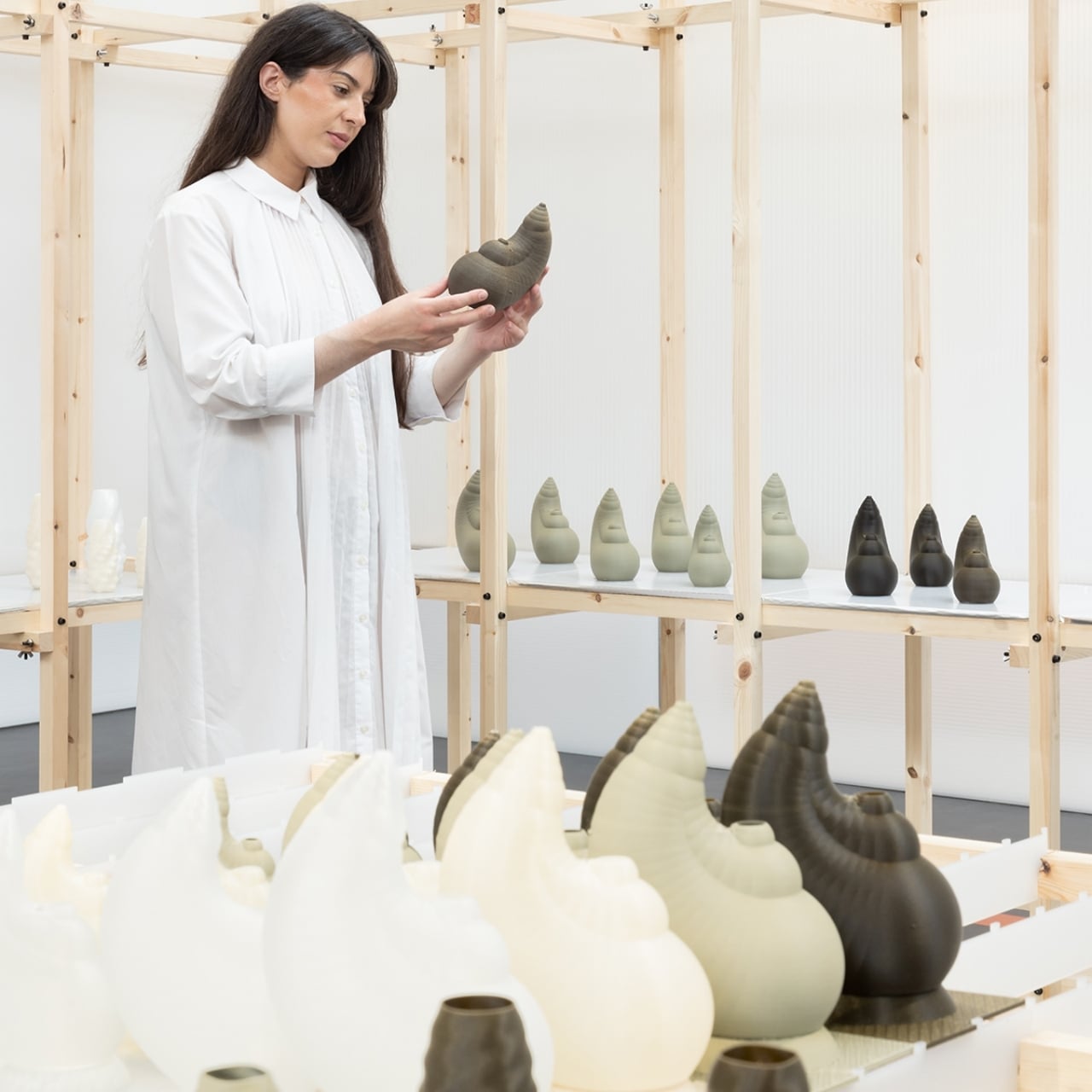
Air purifiers have become trendy these days, especially after the COVID-19 pandemic nearly crippled the world. These devices, however, might be good for humans or even pets, but they have a negative impact on the environment in the long run, particularly because of their carbon footprint. Mother Nature, however, already has its own tiny air purifiers, and not only can we use them to clean the air, but we can also even harvest them to create products that won’t harm the planet in turn.
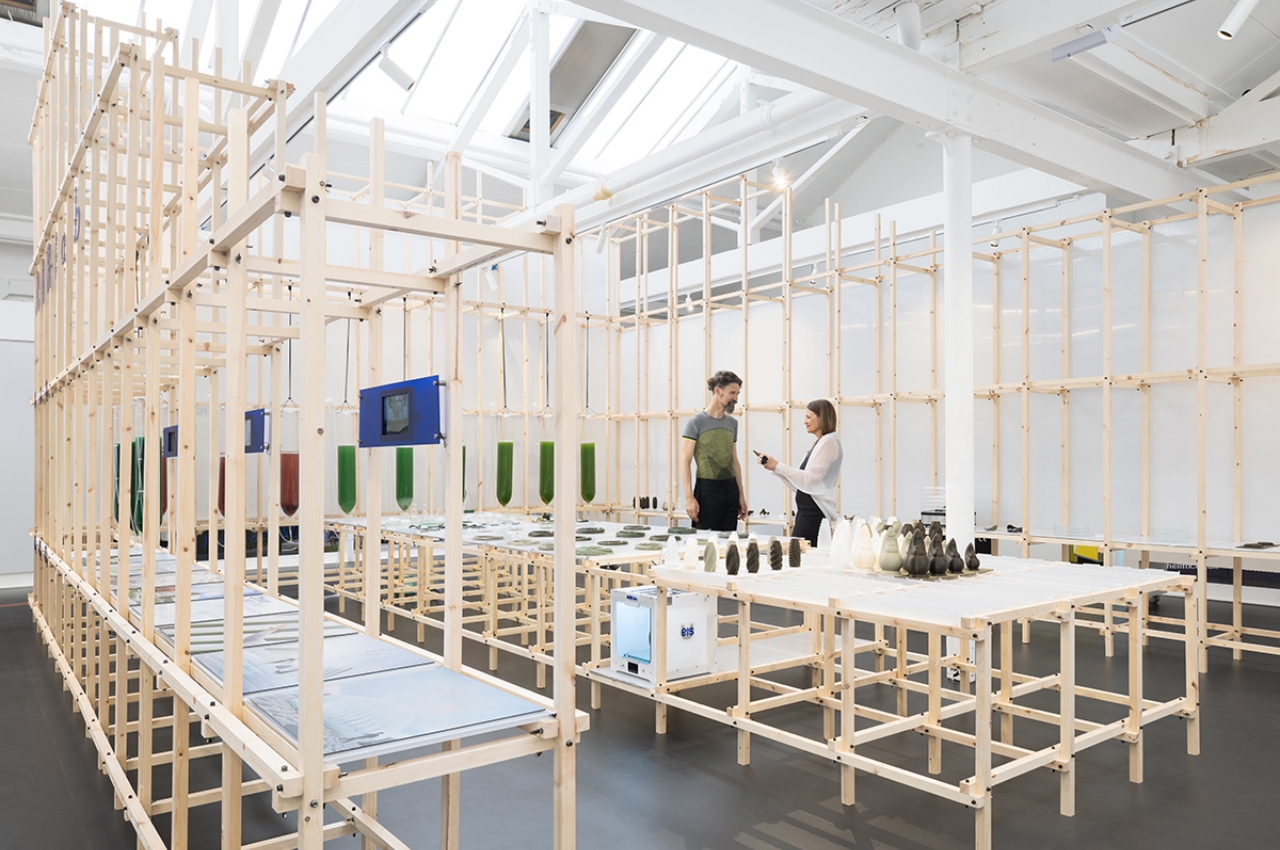
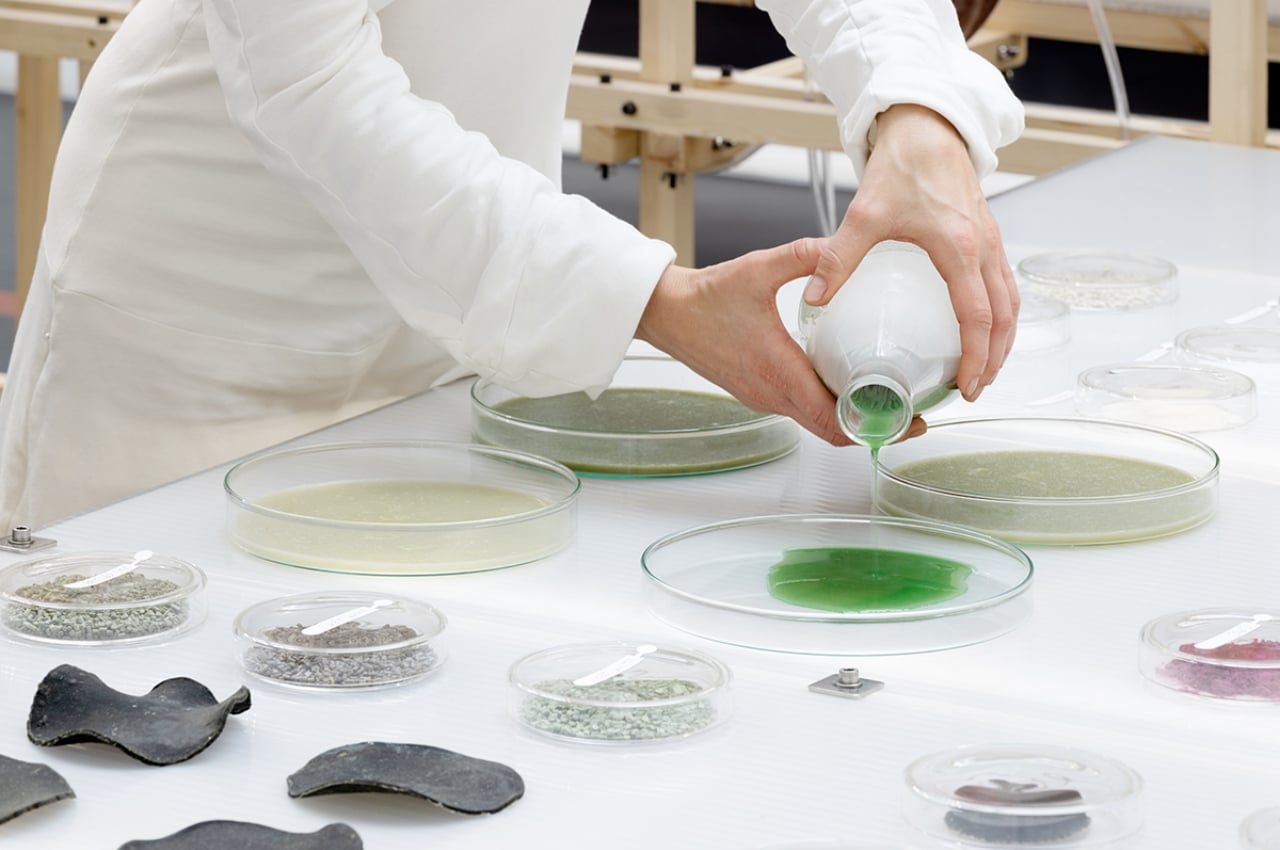
That’s the proposition that the Otrivin Air Lab interactive exhibit in Londo is trying to present, and it’s roping in visitors not only to observe the process but to actively take part in it. The space is enclosed in a lightweight and reversible timber structure, and one of the walls holds twelve “photobioreactors.” These are tall glass vessels filled with ten liters of living photosynthetic microalgae that absorb CO2 and release oxygen while also producing biomass in the process. Each day, that wall can take in 240g of CO2 and spit out 180g of oxygen as well as 84g of biomass.
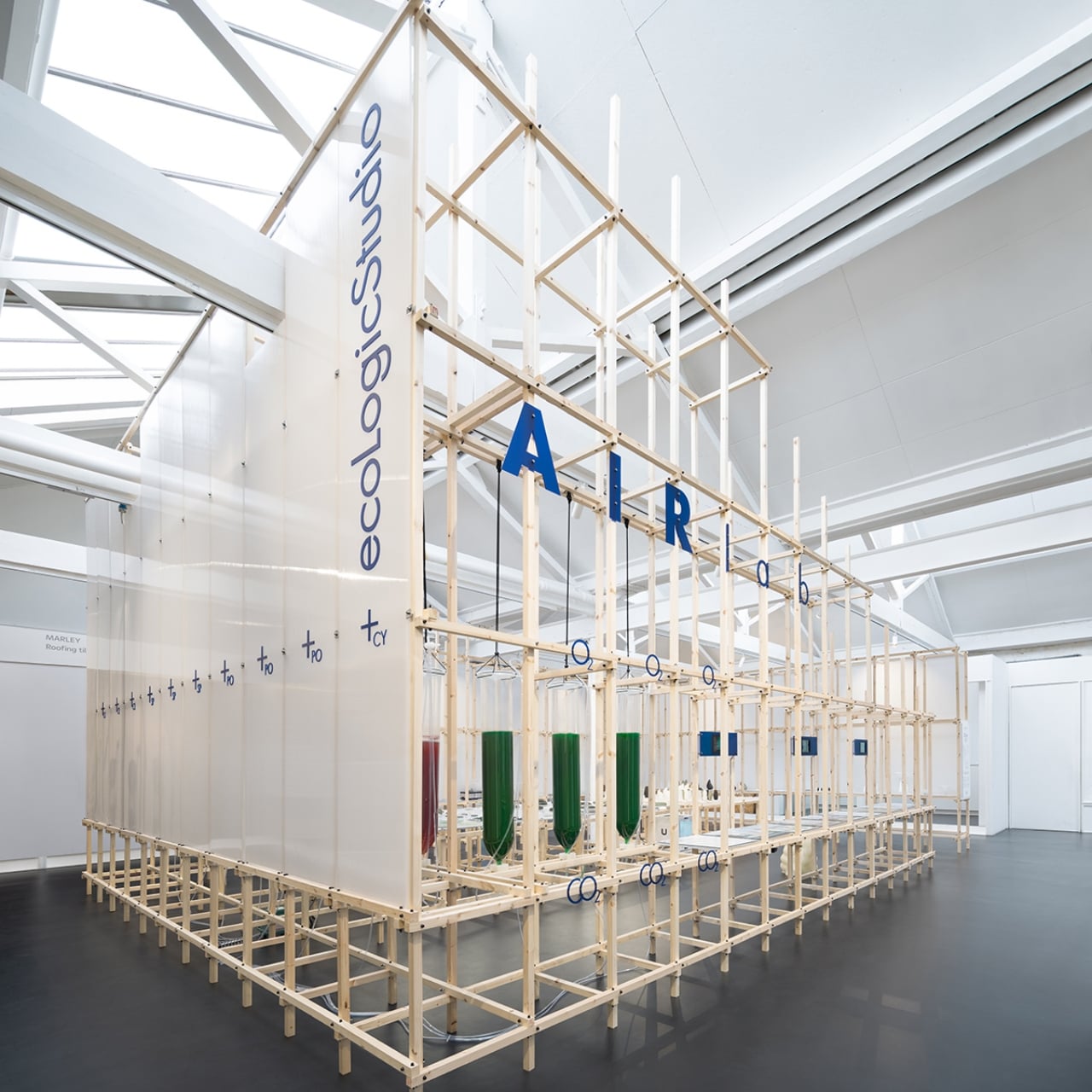
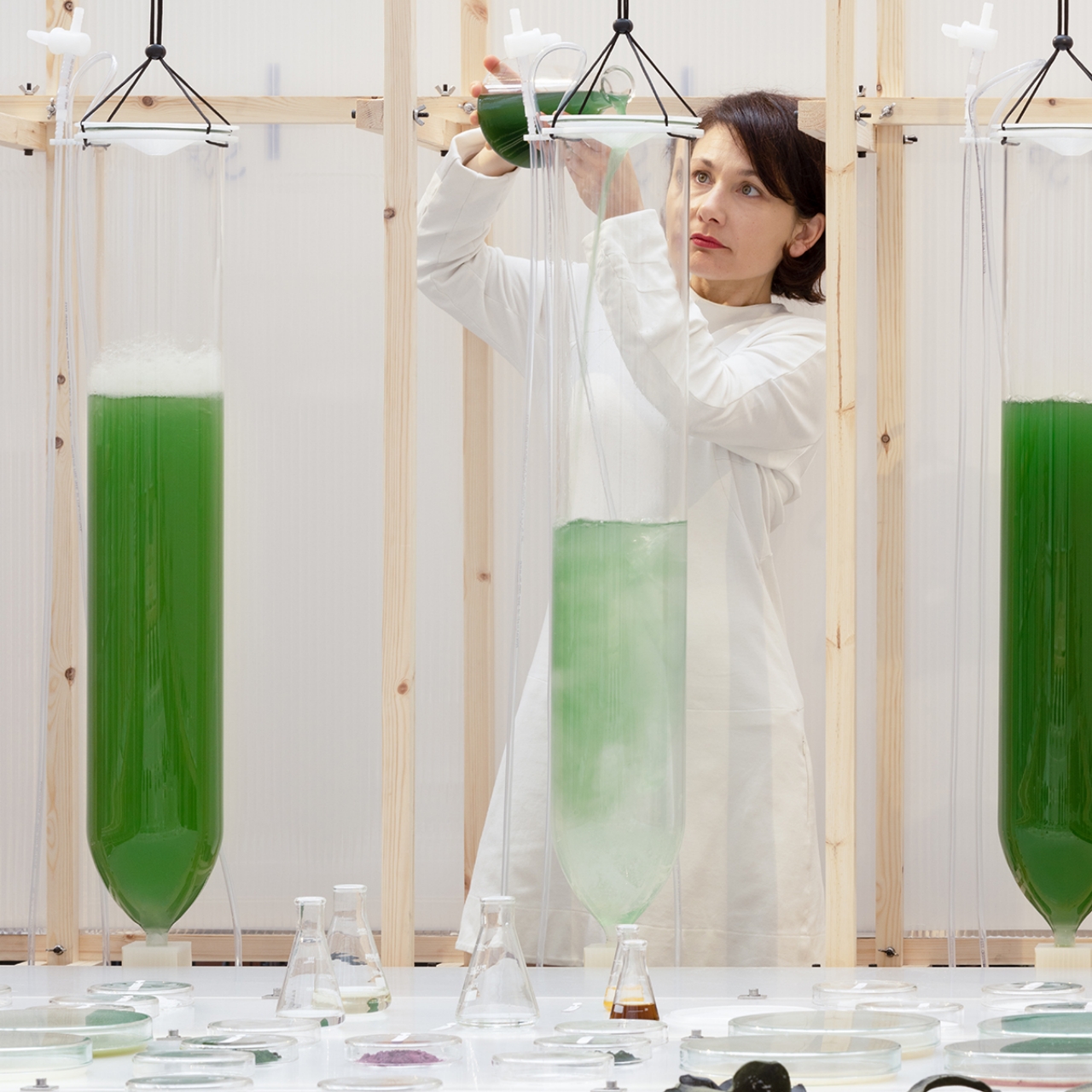
Visitors to the lab can take part in the daily harvesting of that biomass product that is then turned into bioplastics, bio-rubbers, and 3D printing filaments. These raw materials can then be used to create biodegradable and sustainable products, like vases and even stools. Some might find it a bit unsettling, but the fact that you are sitting on what is practically CO2 and air pollution should feel empowering. We might not be able to completely eradicate unclean air, but we can at least turn them into something harmless and useful.
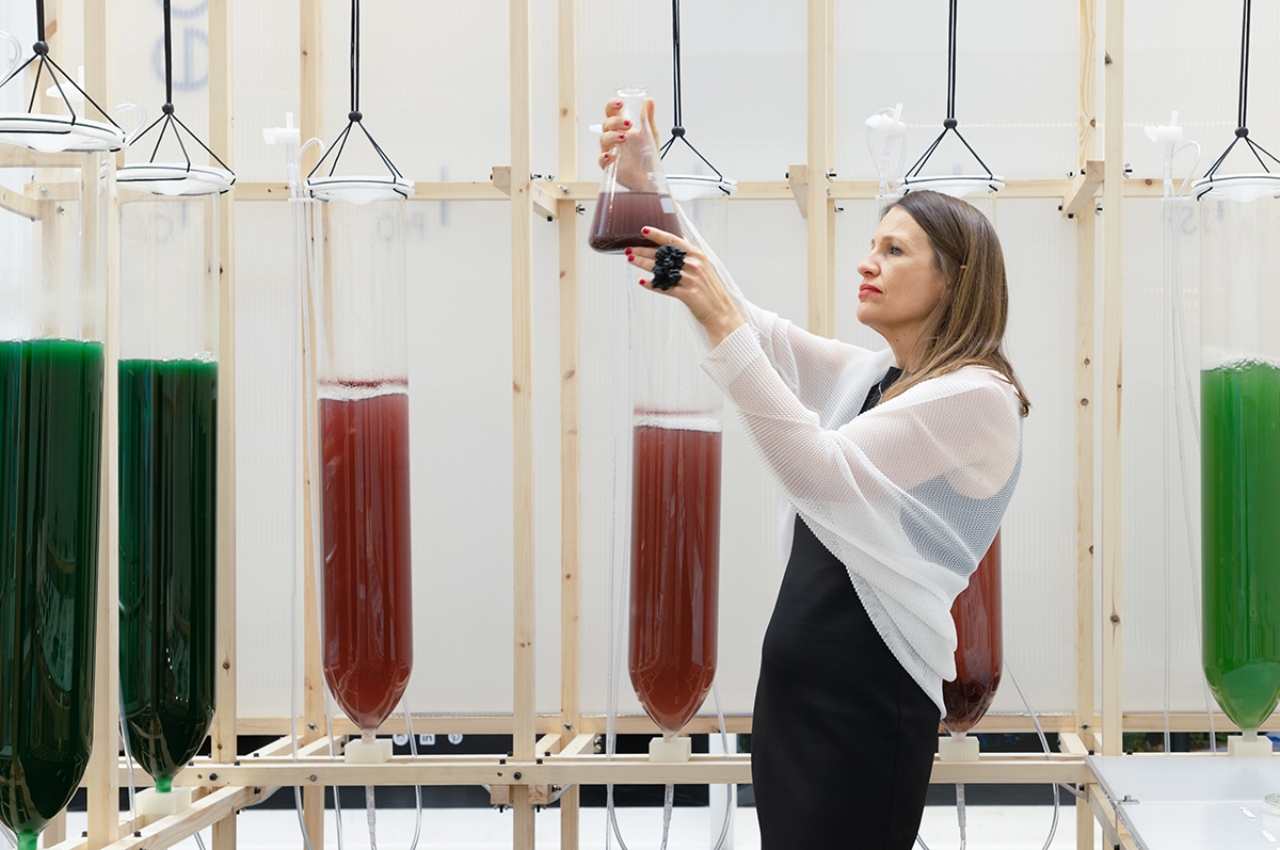
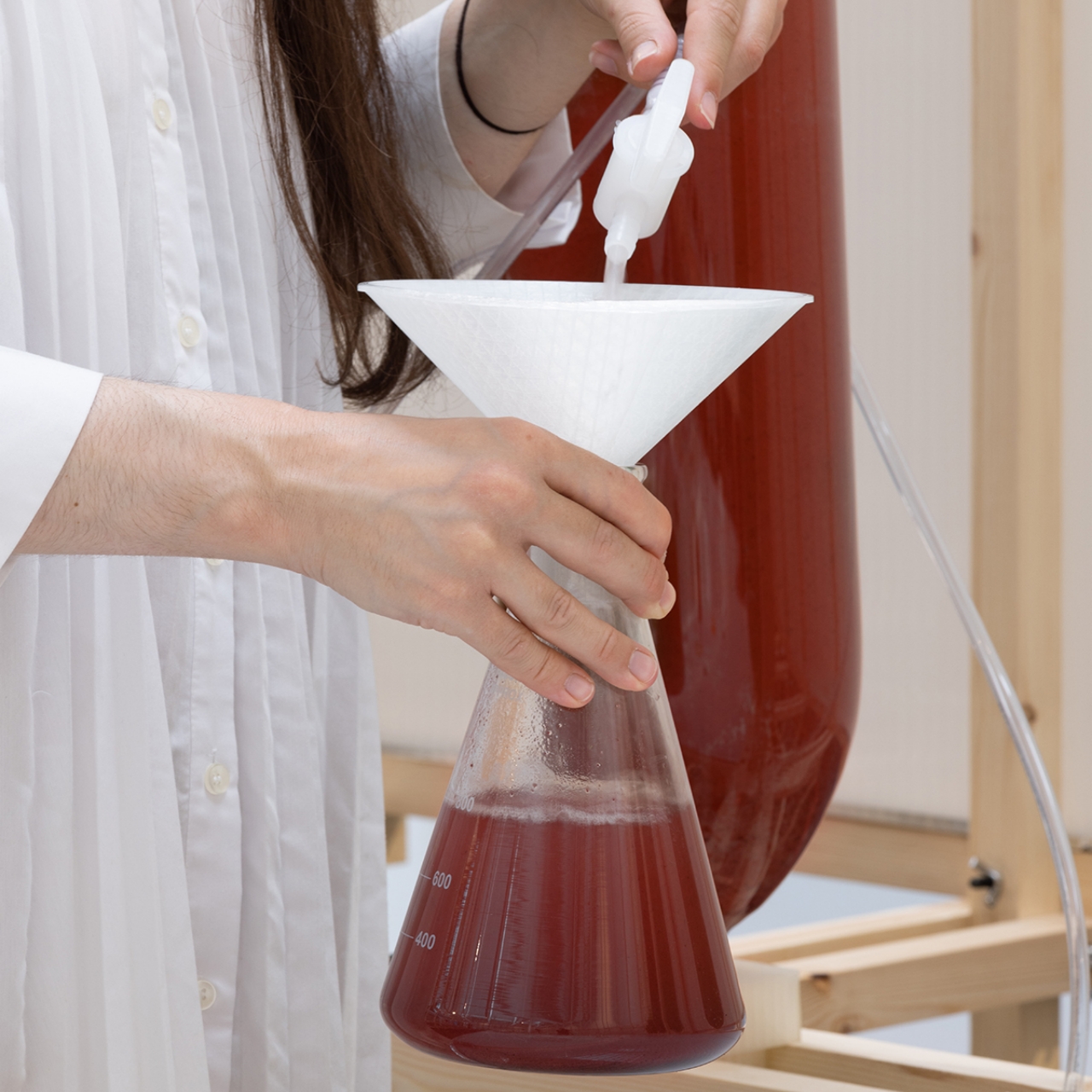
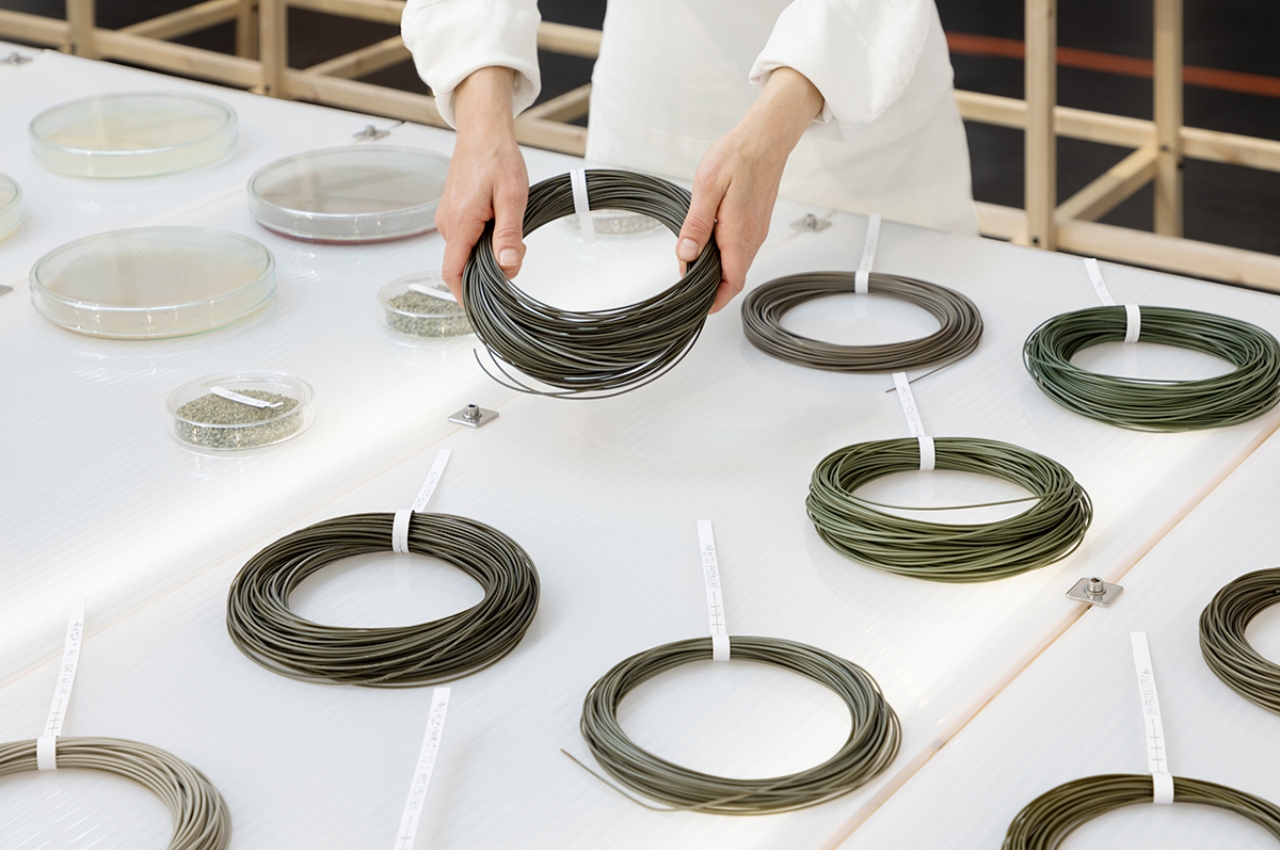
The lab is intended to showcase the viability and sustainability of a circular economy, turning air waste into a sellable product that will eventually find its way back to the Earth in a clean and safe manner. And to take it full circle, nasal healthcare company Otrivin, who collaborated on this exhibit, will be using this process to create its Fibonacci NetiPot nasal sprays. Each NetiPot supposedly removes 15g of carbon dioxide from the air, driving home the importance of clean air using a product design to help people breathe better.
